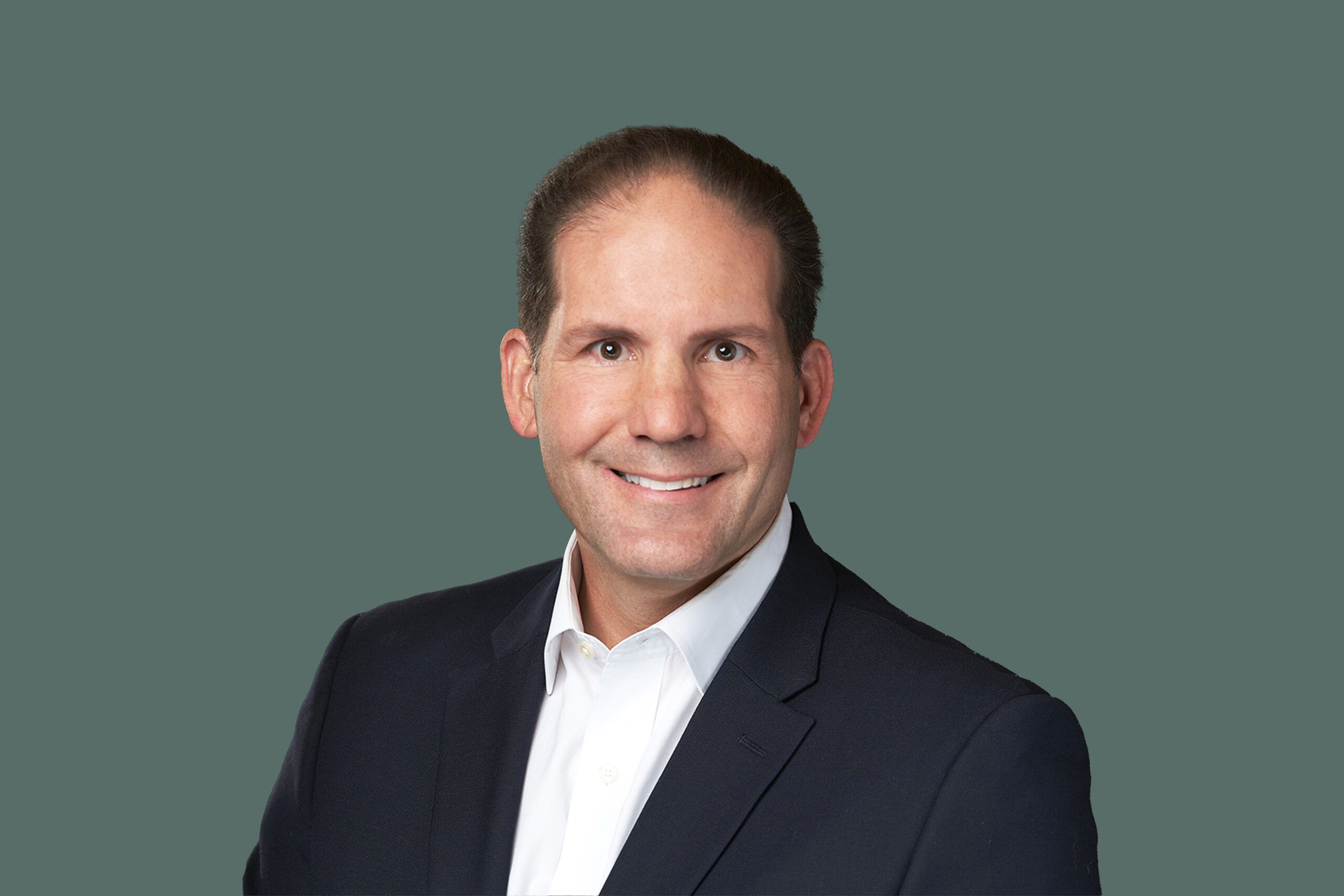Allow us to introduce Don Weinstein, the latest member of HTEC’s Advisory Board. In a career spanning three decades, Don has served as a trusted product and technology executive, strategic advisor, venture investor, and corporate board member for many impactful organizations, including ADP, IBM, and PwC. Now, as a member of HTEC’s Advisory Board, Don shared his perspective on what makes a product strategy effective, what it takes to deliver award-winning products, leadership insights, and more. Let’s dive into Don’s story.
Leading with integrity
Don has successfully managed large product and delivery teams and led an organization of over 10,000 employees. According to Don, effective leadership begins with integrity.
“The impact of integrity is immeasurable when it comes to effective leadership. Integrity builds trust that your leadership will make the right call even when it might not be so obvious from where you’re standing. When you have confidence in your leaders, it creates a culture of reliance and accountability, especially in uncertain times.”
In Don’s opinion, it’s important not to rush leadership decisions if you don’t have enough information — but it’s equally important not to wait too long and risk falling into the trap of “analysis paralysis.” Don recommends following the “40/70 rule” — avoiding making decisions until you have between 40-70% of the information you need. This way, you won’t blindly guess or wait too long and risk losing the competitive edge that comes with timely decisions. It’s also important to consider how easily reversible a decision is — for those that are not, it’s advisable to proceed cautiously, gathering additional insights and considering long-term impacts before making the final call.
Comprehensive expertise and resilient strategies
In his illustrious career, Don has excelled in various roles, from technology and engineering leadership to product development and management to marketing, sales, and business development. With his varied experiences, we were curious to learn what Don believed were the essential components of a successful business strategy.
“I believe in strategies grounded in the ‘three C’s framework’ — customer, capabilities, and competition.”
As Don explained, the “three C’s” must start with the customer and their needs, issues, and preferences. Then, you should consider adjacent but untapped customer bases and how to cater to their needs. Don believes his marketing and business development experience has helped him get better insights into customer concerns and pain points.
The second C refers to capabilities. Here, Don recommends asking if you have the in-house capabilities necessary to cater to your customers’ existing and future needs. If not, can you develop or acquire them? How quickly can you do it? These questions can help companies avoid beginning customer projects without the necessary resources.
The third C is where Don believes most strategies go wrong — competition. Companies tend to develop inward-looking strategies. With an inward-looking strategy, businesses fail to fully understand crucial elements of their competitors’ market positions, capabilities, and cost structure.
The secret behind innovative products
During his tenure at ADP, Don’s products were named “Product of the Year” by HR Executive magazine eight times a row. The magazine’s prestigious award recognizes the year’s best products in the human capital management sector. In addition to these awards, certain products developed under Don’s leadership have generated annual revenues exceeding $2 billion. Don explains the foundation of his product success:
“To deliver truly innovative products, you can’t let your teams spend 100% of their time focusing on customers’ near-term needs—you must anticipate their longer-term needs. With so much valuable data generated by millions of our users, I let dedicated innovation teams focus on what’s next, and that gave us the edge to stay ahead of market trends and create breakthrough solutions.”
For Don, it’s all about the focus. In his opinion, companies are better off with a dedicated 10-person innovation team focused on product development as opposed to a 100-person team that spends just 10% of its time on innovation.
A mindset shift from output to outcome
Don has led teams through Agile transformations, helping them embrace its methodologies, implement iterative workflows, and adopt a culture of continuous improvement. Yet, Don believes this is just a part of the transformation process. While the Agile methodology is great for structuring delivery — allowing faster and more efficient output — the crucial part of the transformation is successfully adopting a product-operating model.
“I wanted my teams to think of each product as a business of its own. So that meant thinking beyond what should be delivered [output] to what business objectives we want to reach [outcome]. This shift helped engineers think beyond the technical aspect of a product and start thinking more about the business implications. This also encouraged better collaboration, as the sales, product, and technical teams felt they were working toward common goals, depending on each other to reach their respective OKRs.”
Three phases of adopting emerging technologies
When thinking about emerging technologies, Don made an interesting observation on how the adoption of each new technology goes through three phases. The first is when we simply try to fit new technology into our current ways of working. In his opinion, this is where we currently are with generative AI (GenAI). The second is a transition, trying to make the new technology work in existing workflows while creating new ones (think of mobile web design as a transition solution before making mobile-native apps). And the third phase involves rethinking things from the ground up and building them from scratch using the new technology. In Don’s opinion, this is when we’ll feel the full impact of technologies like Gen AI.
As AI opens new possibilities, it also creates space for serious misuse, such as deepfakes— AI-manipulated photo, video, and voice recordings. That’s why Don emphasizes the importance of businesses investing in digital trust (building user confidence in cybersecurity). He sees these areas as crucial in the AI era.
About his role on the HTEC Advisory Board
We asked Don what drew him to join HTEC’s Advisory Board, and for him, the answer came easy:
“It was my experience as an HTEC customer. I was aware of the company’s differentiating value: end-to-end product engineering expertise. And while lots of firms have good engineers, HTEC also has data scientists, product leaders, architects, and UX designers — basically, fully stacked skills to deliver impactful products from concept to market.”
With his experience connecting technology to business strategy and product outcomes, Don believes he can make an impact at HTEC by helping teams continue to connect those dots. Don is also eager to elevate HTEC’s presence on the global stage, drawing on his experience to strengthen the brand’s visibility and reputation.
Don’s reading recommendation
To end this engaging interview, we asked Don to recommend a book he’s recently found insightful. He chose “Team of Teams” by General Stanley McChrystal, a book that contrasts the traditional military hierarchy with a more flexible, matrix-like structure. In the conventional hierarchical model, information flows up and down, with decisions centralized at the top, which can pose issues in unpredictable, volatile environments. McChrystal found that a more networked matrix structure — where teams can communicate and collaborate directly across units — greatly improved adaptability. By decentralizing decision-making, the “team of teams” approach enabled the U.S. military to act with greater agility.
“I actually adopted some of the general’s strategies while leading teams. For example, he would rotate his people, sending the best soldiers to another team to enhance collaboration, intelligence, and operations. I did this by sending product and technology leaders to business roles. That way, they gained a more comprehensive perspective, and when they came back to their original teams, they brought invaluable insights. Or, if they stayed, they made a great impact by strengthening the business teams’ technology expertise.”
Ready to transform your business with innovative technology and robust product strategies? Connect with Don to learn more about HTEC’s offerings.





